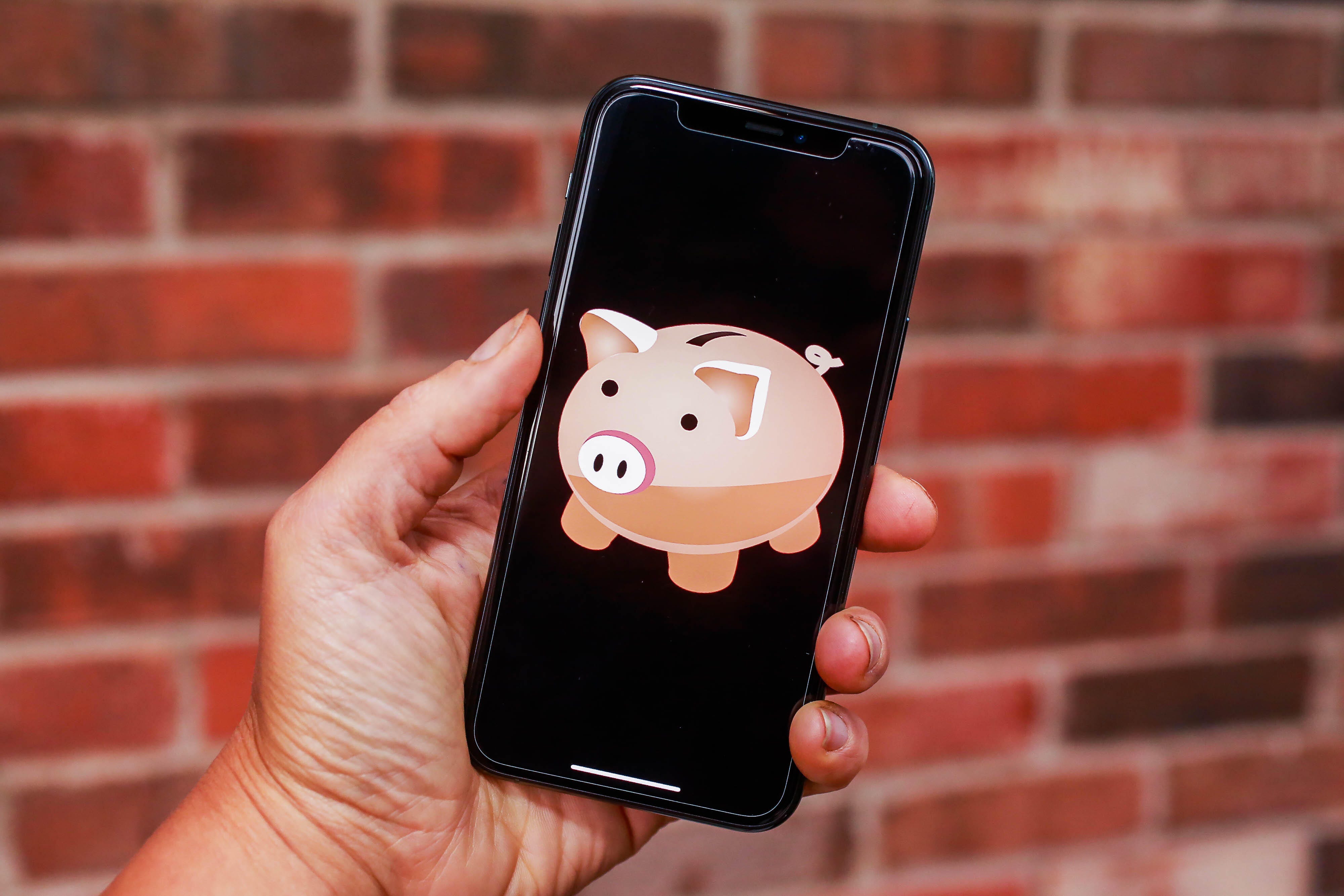
This summer, the IRS will provide tools and online resources to help with the advance child tax credit.
Sarah Tew/CNETTo assist families that are eligible for the advance child tax credit but normally aren't required by the IRS to file an income tax return, the tax agency this week opened a portal to help them receive payments this year. This new portal for nonfilers is the first of at least three online tools from the IRS that will let parents update the IRS with new information, such as marital status, income changes and number of kids. The online tools will also let you opt out of the monthly child tax credit payments and instead receive the full amount of the credit when you file your tax return in 2022, if that's what you prefer.
If you're not sure how much your family will get when the checks roll out on July 15, try our child tax credit calculator. The IRS is also sending out an initial letter to 36 million families who may qualify for a payment. A second child tax credit letter will also go out to families informing them of their estimated yearly total -- up to $3,000 (for each child aged 6 to 17) or $3,600 (for children under 6).
That's why it's important that the IRS have all your correct information on hand. We can also suggest some ways to use your child tax credit checks, give you details on how you might receive your payment and tell you how to claim thousands of dollars back for child care expenses. We continue to update this story as the IRS releases more information.
How will you use the IRS child tax credit portals and other online tools?
Here's how the IRS online tools will help parents with eligible dependents, according to the IRS:
- One online tool will help you determine whether you qualify for the advance child tax credit payments.
- A nonfilers portal -- now open -- lets you provide the IRS with basic information about yourself and your dependents if you normally aren't required to file a tax return.
- A second online tool -- which the IRS is calling the Child Tax Credit Update Portal -- is coming before July 1 and will let you opt out of the advance payments to instead receive one payment in 2022. The IRS said this portal will allow you to check on the status of your payments and update the IRS with your current information.
How will I Use the Non-Filer Sign-Up Tool?
Open now, the child tax credit "Non-Filer Sign-Up Tool" is a way for those who aren't required to file a tax return to give the tax agency basic information on their dependents. This tool can be used by families that didn't file or don't plan to file a 2020 tax return and who need to notify the IRS of qualifying children born before 2021.
To use the tool, families must have a primary residence in the US for more than half the year. (Parents who claimed all their dependents on a 2019 tax return or filed a 2020 return should not use the tool.) To register through the nonfiler tool, parents should have their personal details on hand, including an email address, Social Security numbers for dependents and a bank account routing number.

There is no limit on the number of children that parents can receive the credit for as long as both they and their dependents qualify.
Sarah Tew/CNETWill the portals allow parents to unenroll in the advance payment program?
The Child Tax Credit Update Portal will let you opt out of receiving the monthly child tax credit payments. That means that instead of receiving monthly payments of, say, $300 for your 4-year-old, you can wait until you file your 2021 taxes in 2022 to receive the $3,600 lump sum. You may want to opt out because you're expecting your circumstances to change or your family is saving for a big expense next year.
What online resources will be available within the next month?
Through the portals this summer, taxpayer families will be able to indicate changes to any life circumstances since they last filed their taxes, such as a change in income or child custody status. For example, if you started making less money this year, you'll want to update the IRS about those changes so you can get the correct child tax credit amount.
If you had or will have a new baby this year, it's important to let the IRS know, so you can receive your payment for up to $3,600 for that child. The same applies if you adopted a child or if you gained a new child dependent since you last filed your taxes.
Also, if you've gained full custody of your child, you'll be the parent who receives the money for your kid. Note that parents who have shared custody will not each get a payment. This is important for domestic violence survivors, according to comments during an IRS oversight hearing by Nina Olson, executive director of the Center for Taxpayer Rights. The "change of circumstances portal should allow them to enter their change in marital status and also where the children are," Olson said.
What about families who don't have a permanent address?
The IRS is urging people to share information about the child tax credit with others who don't have permanent addresses. By doing this, you're helping make sure families receive the payments they're eligible for. You can share information about the online portals with them so they know about the programs to help them file a tax return.
What details about the portals haven't been released yet?
There are many details that are still unclear about the IRS' two child tax credit portals, including:
- The exact date the portals will be available to families.
- How the portals will work for families updating their personal details or updating their bank information.
- How families will differentiate between the two portals.
- The process for opting out of the monthly payments.
For more child tax credit 2021 details, here's how much money you can expect. Also, here's what it takes for you and your dependents to qualify for the payments.
from CNET https://ift.tt/3xtIVCC
via IFTTT




No comments:
Post a Comment